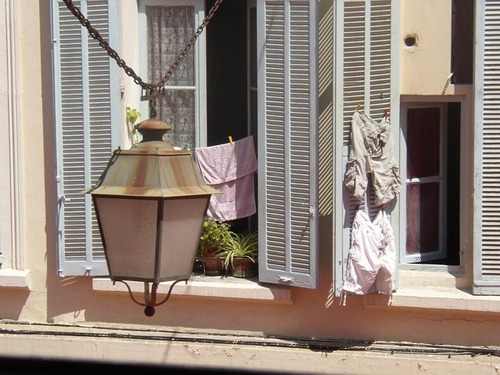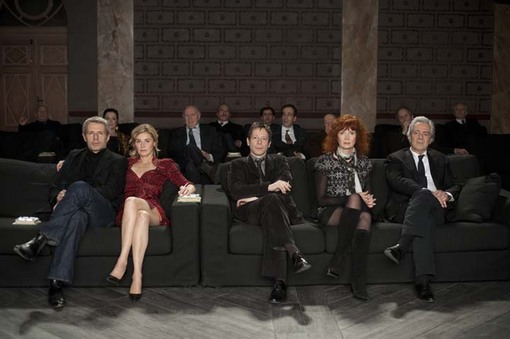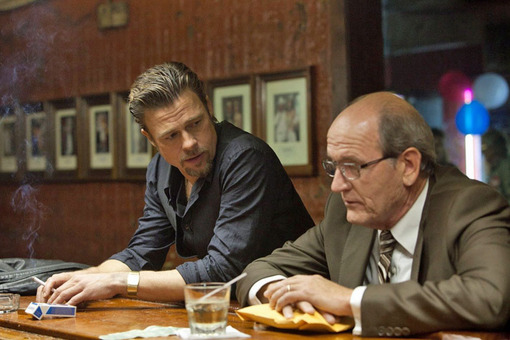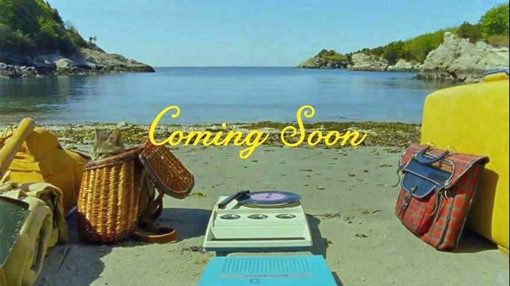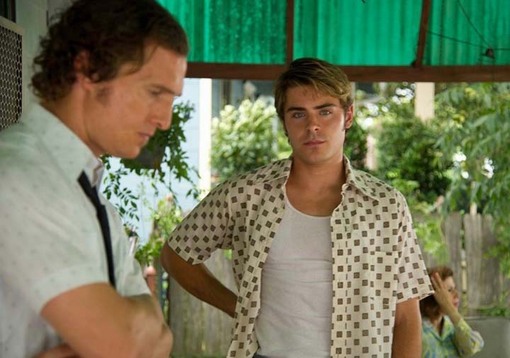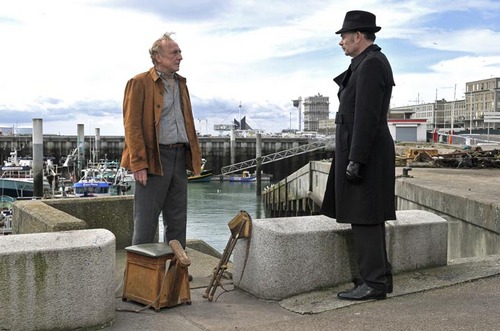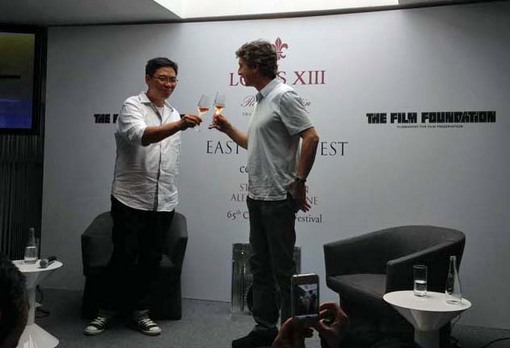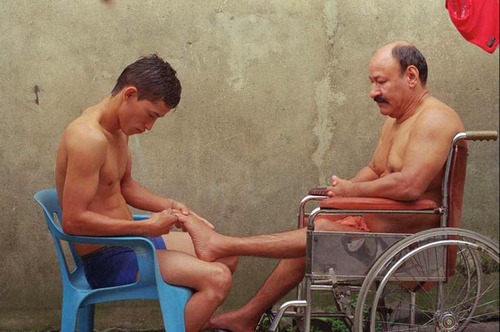Cannes 2011: All eyes forward
As the opening night of the Cannes International Film Festival approaches, a host of Riviera amenities and services hope to lure my business via solicitous e-mails. Would Madame perhaps like to hire a helicopter for the journey from the Nice airport to the Festival Palais? Rent a limousine with a multilingual driver? Charter a yacht or rent a fully staffed villa with swimming pool (photos handily attached)?
Me, I’m just in the market to rent a no-frills mobile phone with a European SIM card, and I’ll be taking an inter-city bus from the airport, but you get the picture. The sparkling goodies of this playground of millionaires are dangled before the thousands of accredited journalists, theater programmers, film buyers, and filmmakers soon to be heading for the legendary festival. Most of us will be pinching the Euros until they scream, but nonetheless enjoying the nonstop spectacle provided by those who get to ride around in helicopters.
The festival opens the night of Wednesday, May 11 with Woody Allen’s “Midnight in Paris.” “Monsieur Woodee,” as the French are wont to call him, made his first visit ever to Cannes in 2002, when his “Hollywood Endings” opened the festival. Although the film was disappointingly lackluster, it certainly made no difference to his French fans, who hailed him like an emperor. I watched Allen on that occasion from a seat among the hyper-excited audience, marveling at his frail stature, almost inaudible voice, and the shrinking body language that made him seem an incongruous god of cinema.

